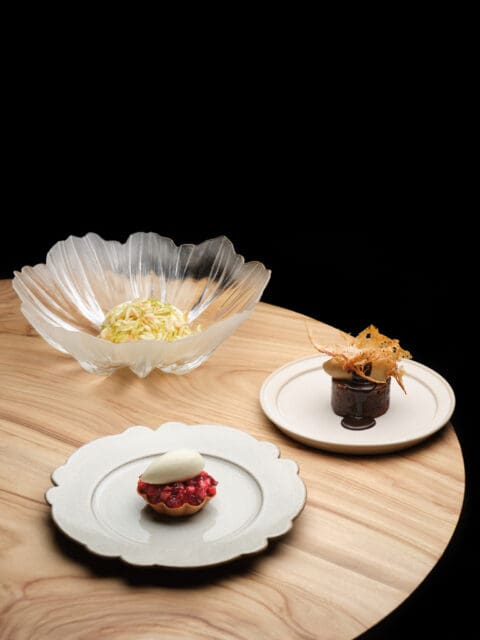Hello readers. Have you ever heard of mukbang? Like so much current pop culture, mukbang started in South Korea, although it’s now spread to many parts of the world. Mukbangers broadcast videos of themselves eating a meal over video-sharing websites such as YouTube. So far, so simple. But many of the most popular mukbangers take the meal to an extreme by eating enormous quantities of food — far more than most people would consume, and almost certainly far more than their doctors would consider wise. Some mukbangers don’t bother to talk to their audience: they create appeal through ASMR (autonomous sensory meridian response) — the sound of them munching, crunching and slurping the meal triggers a positive, soothing sensation in their listeners.
ASMR doesn’t work for me but I still love to watch mukbang videos. My favourites are by posters who eat neatly (no sloppy gobbling, please) and with pleasure — they’re not eating great quantities of food just for the online clicks; they genuinely enjoy what they are consuming. Some people find mukbang a turn-off — it actually makes them lose their appetites, but with me, watching the videos makes me hungry. My current mukbang obsession is crabs. My mouth salivates as I watch mukbangers eat a whole pile of raw or cooked crabs. Fortunately, I was able to eat quite a lot of crabs this month.
Two were for birthday celebrations: one at Jing Alley and the other at the original branch of Hop Sze.
View this post on Instagram
Jing Alley is one of my favourite places for Sichuan food – the dishes are inventive and varied. For me, the highlight of the meal was the large (but not large enough!) mud crab cooked with Sichuan peppercorns, dried chillies and spring onions. I could have eaten the whole crab by myself, but had to share with seven others. Fortunately, the other dishes — which included fantastic crispy and spicy roast pigeon, lamb soup with spring onions, “mouth-watering” goose wings (a variation on the traditional Sichuan dish of mouth-watering chicken) and tender pieces of braised tendon — were also delicious.
At Hop Sze, the crabs had been fried then braised in a clay pot with classic Cantonese aromatics of ginger, garlic and lots of spring onions. The crabs were sweet and meaty, and when booking the meal, the hostess had asked the chefs to add extra cheung fun, which really absorbed the flavour of the sauce. I also loved the steamed threadfin with Chinese huadiao wine and chicken fat, drunken prawns (they had been doused in Chinese rose wine before being cooked), chives stir-fried with dried fish, dried shrimp and cashews, fried pigeons, stir-fried glutinous rice, and a homey dish of curried beef served with garlic bread.
View this post on Instagram
I re-visited The Chairman twice in a month, and was served two different crab preparations. The first was the restaurant’s most famous dish that’s been on the menu ever since they opened in 2009: steamed flowery crab with aged rice wine and chicken fat – the sauce on this is so good I drink it like soup. On the second visit, we had fried mud crab with mushrooms, garlic, spring onions and lots of black pepper. The restaurant, in its new location on Wellington Street (previously, it was Kau U Fong) now serves a tasting menu (no more a la carte), but guests can tailor their from a selection of dishes offered a couple days before their arrival. On both my visits, we ate char siu (which is thick-cut and oh-so-succulent) and the congee with geoduck and dried shrimp roe, but the other dishes were different. One time, we had Cantonese steamed fish with ginger and spring onions, fried stinky bean curd and a clay pot rice with beef, liver sausage and egg; the other visit we ate shrimp with crab roe and sweet peas, and our claypot rice dish was topped with pork belly and preserved vegetables.
Finally, I ate Korean-style raw crabs at Jin Luo Bao. I went to this restaurant with rather picky friends, who, I knew, wouldn’t want to eat raw crabs, so instead we had Korean barbecue (kalbi, marinated chicken and spicy pork) and kimchi pancakes. Then I went back to the restaurant a few days later for a solo meal of soy sauce marinated crab. Marinating the crab turns the meat into a jelly-like texture but the best part is the plentiful roe, which remains gooey and rich. The Koreans say this dish – called ganjang gejang – is a “rice thief” because it makes you want to eat a lot of rice, and I understand why – the combination of cool, raw crab with warm rice is just ganging gefantastic.
Editor
Susan JungCredit
Lead image: Samantha Sin





